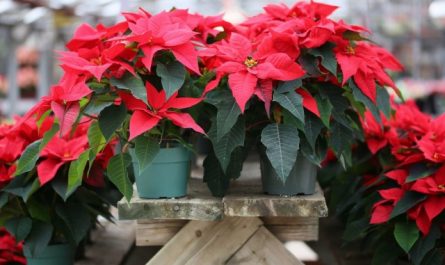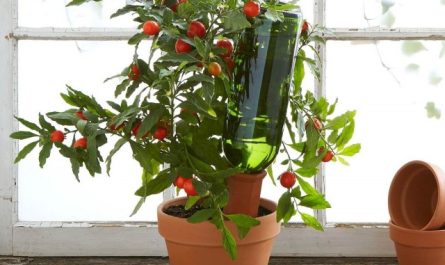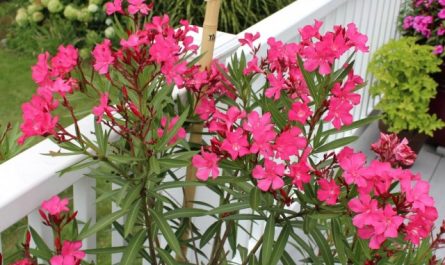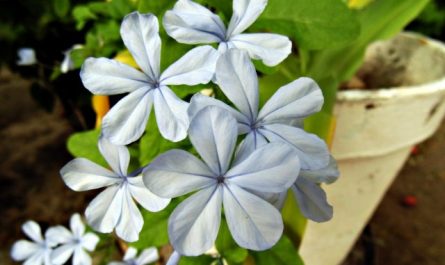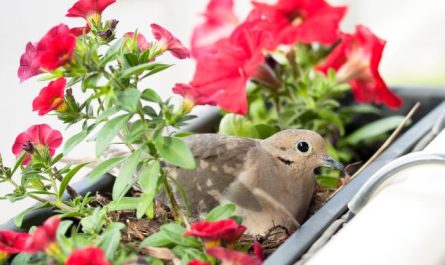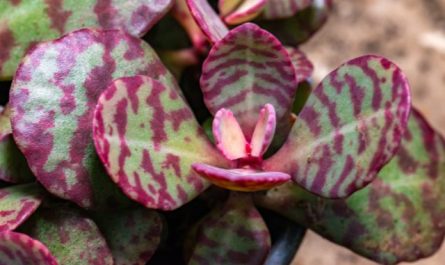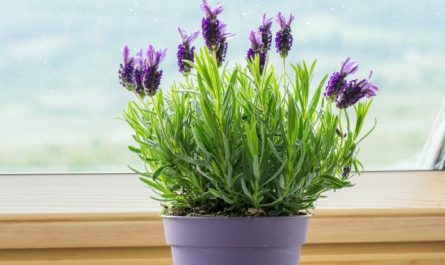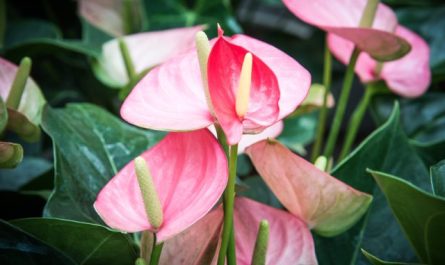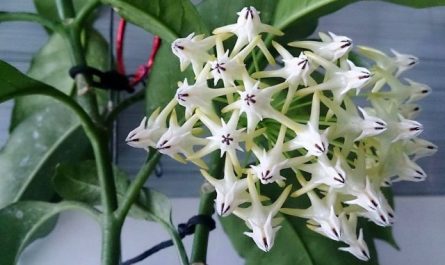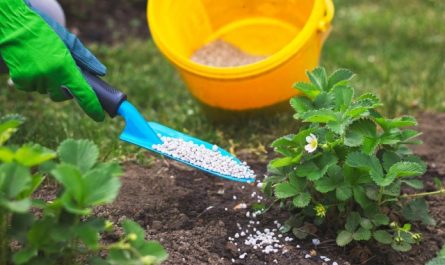Anigozanthos, or Kangaroo Paw (Anigozanthos) is a genus of herbaceous perennial plants from the Commelinaceae family. The biological name of the plant comes from the Greek ‘anises’ – uneven and ‘anthos’ – flower, and indicates the ability of the tips of the flower to divide into six unequal parts. A distant species, previously known as Anigozanthos filth-brown (Anigozanthos sooty) was isolated into a separate monotypic genus – Macropidia fuliginosa.

Anigozanthos was once included in the Amaryllidaceae family, which includes the well-known narcissus.
Anigozanthos species
There are 11 species in the genus, all of which grow in Australia.
- Anigozanthos bicolor Endl. — Anigozanthos bicolor
- Anigozanthos bicolor subsp. bicolor
- Anigozanthos bicolor subsp. decrescens
- Anigozanthos bicolor subsp. exstans
- Anigozanthos bicolor subsp. minor
- Anigozanthos flavidus DC. — Anigozanthos lutea
- Anigozanthos gabrielae Domin
- Anigozanthos humilis Lindl. — Anigozanthos scaly, or cat paw
- Anigozanthos humilis subsp. chrysanthus
- Anigozanthos humilis subsp. grandis
- Anigozanthos kalbarriensis Hopper
- Anigozanthos manglesii D. Don — Anigozanthos Mangleza
- Anigozanthos manglesii subsp. manglesii
- Anigozanthos manglesii subsp. quadrans
- Anigozanthos onycis A.S. George
- Anigozanthos preissii Endl.
- Anigozanthos pulcherrimus Hook. — Anigozanthos is pretty
- Anigozanthos rufus Labill. — Anigozanthos rufosa
- Anigozanthos viridis Endl. — Anigozanthos green
- Anigozanthos viridis subsp. terraspectans
- Anigozanthos viridis subsp. metallica

Botanical description of Anigozanthos
A perennial herbaceous plant, up to 2 meters high. The rhizomes are short, horizontal, fleshy or brittle.
The leaves are light, olive or medium green, two-rowed, sword-shaped, with a vaginal base. The leaf blade is usually compressed from the sides, like in irises. The leaves form a ground rosette, from which a leafy stem emerges, bearing poorly developed stem leaves, sometimes reduced to scales, and ending in an inflorescence.
Flowers are black to yellow, pink or greenish, oblong, 2-6 cm long, collected in racemes or panicles, 3 to 15 cm long. The edges of the flowers are curved and resemble kangaroo paws, which is where the popular name of this plant comes from.
Used as an ornamental plant.

Anigozanthos in indoor conditions
Perfect for indoor growing.
Location: In summer, it is best to keep it outdoors, in a warm, sheltered place, protected from direct sunlight; in winter, in light, moderately warm rooms (at a temperature of 10-12 C).
Watering: in summer it is very abundant with soft, settled warm water; in winter it is just enough to keep the soil from drying out.
Fertilizer: During the growing season, feed every two weeks with a low-calcareous organic fertilizer; in winter, you can do without feeding.
Reproduction: in early spring by dividing the rhizome; seed propagation is possible, although seeds are very difficult to obtain.
The seeds are sown in a ready-made mixture for indoor plants with the addition of sand. They are moistened and germinated in the light under a film at t=22 °C. The shoots appear within 3-8 weeks.
Recommendations: In cool, rainy summers, anigozanthos may not bloom. In this case, do not throw away the plant, continue to care for it as usual and wait for good weather next summer. When replanting in flower soil, add a little peat so that the soil is not alkaline.
Pests, diseases: Spider mite, mealybug.
